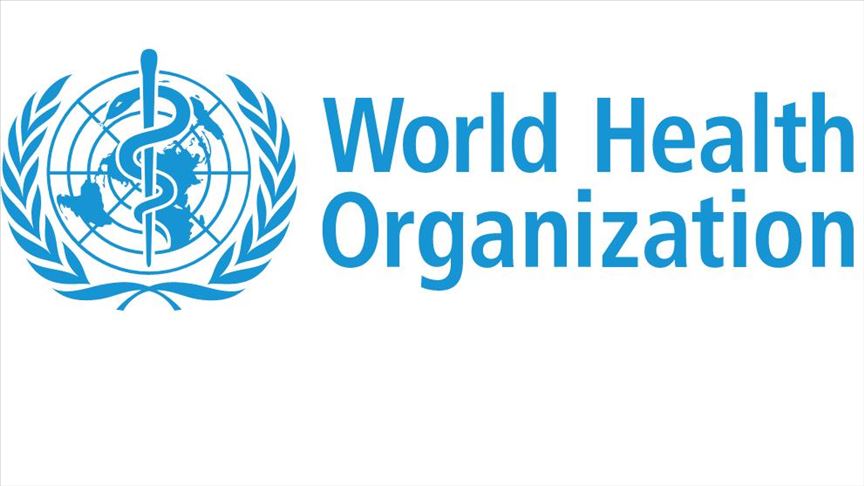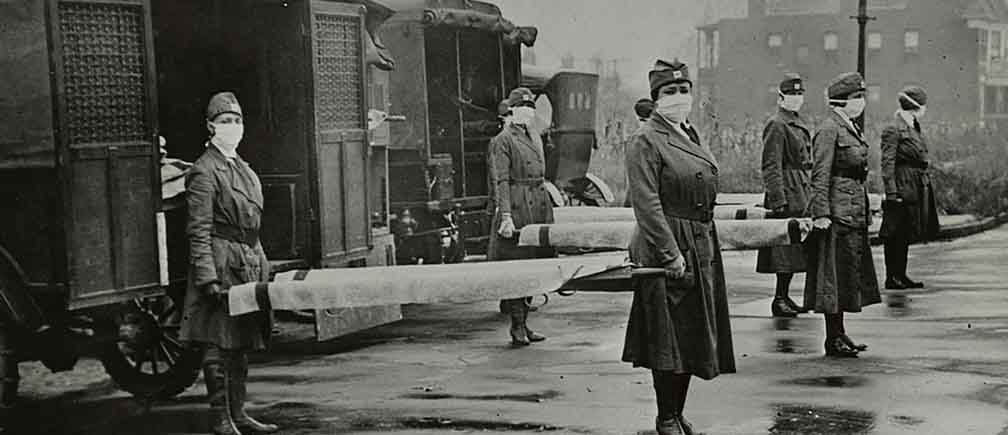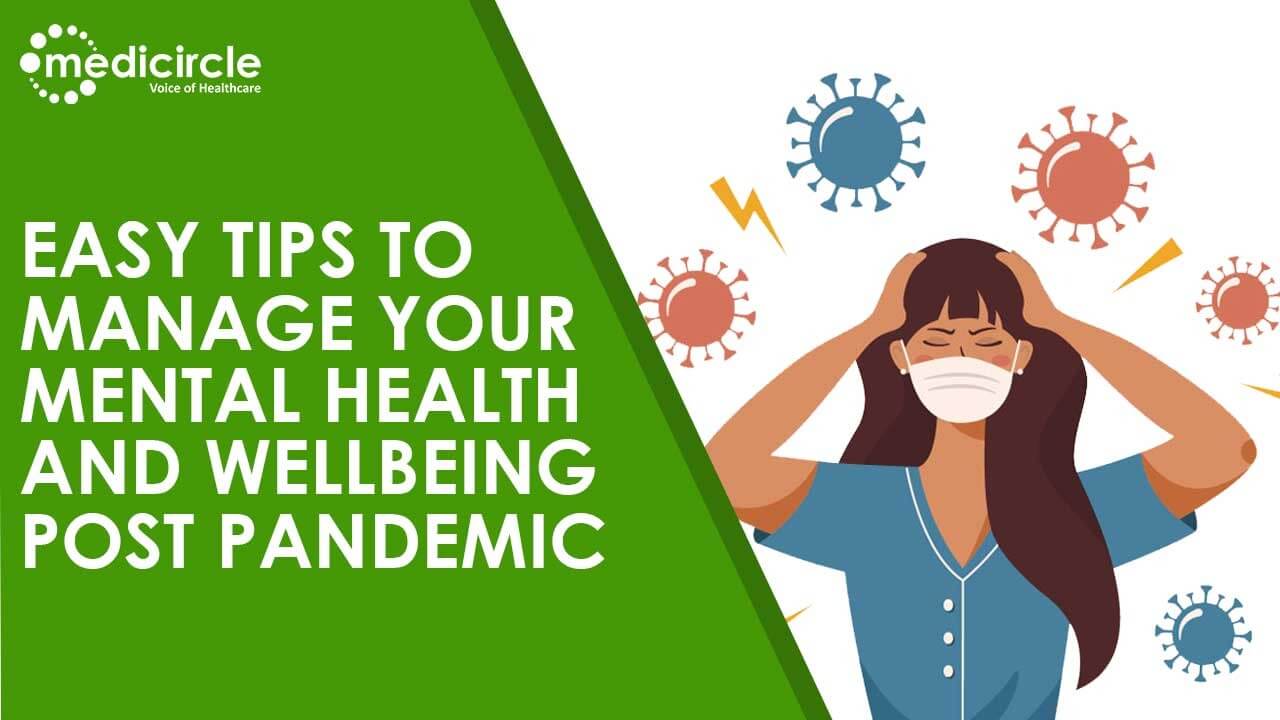Sepsis in newborns is an invisible killer, and a new study reveals a shocking truth, more than a third of babies diagnosed with this deadly infection do not survive. Conducted across five district hospitals in India, the research highlights a grim reality: the fight against sepsis is being lost, and the consequences are devastating.
The findings, published In The Lancet Global Health, expose the urgent need for better infection control, improved hospital hygiene, and responsible antibiotic use. Yet, despite the alarming statistics, neonatal sepsis remains a largely overlooked crisis. Why isn’t this issue being prioritized? How many more newborns need to die before serious action is taken?
Sepsis is a medical emergency. It happens when the body’s immune system overreacts to an infection, causing inflammation that can lead to organ failure and death. In newborns, whose immune systems are still developing, sepsis is particularly dangerous. The new study, which examined over 6,600 newborns, found sepsis rates varied widely from 0.6% to 10% depending on the hospital.
Even more concerning, babies who were transferred from other hospitals had a 2.5 times higher risk of developing sepsis than those born in the same facility. This suggests that poor infection control during transfers, inadequate neonatal care in smaller hospitals, and delays in treatment are contributing to this crisis.
The numbers are grim. Among newborns who had a confirmed diagnosis of sepsis, the fatality rate was a staggering 36.6%. Some hospitals reported even higher death rates of up to 51.1% while others had zero fatalities, highlighting stark differences in hospital care and treatment protocols.
Why are some hospitals managing to save these newborns while others are failing so badly? The answer lies in the lack of standardized care, poor infection control, and over-reliance on ineffective antibiotics.
For decades, antibiotics have been the primary treatment for sepsis. But now, bacteria are evolving, making these life-saving drugs ineffective. Antibiotic resistance is a global crisis, and newborns in South Asia including India, Pakistan, and Bangladesh are among the most vulnerable.
A recent analysis In The Lancet predicts that 39 million people will die due to antibiotic-resistant infections over the next 25 years, with a significant proportion of these deaths occurring in South Asia. If this trend continues, treating neonatal sepsis will become even more difficult, pushing the fatality rate even higher.
Several factors are responsible for India’s neonatal sepsis crisis:
1. Poor Hospital Hygiene and Infection Control: Many district hospitals lack the necessary infrastructure to maintain strict infection control measures. Crowded neonatal intensive care units (NICUs), unsterilized medical equipment, and insufficient hand hygiene practices are all contributing to the spread of deadly infections.
2. Delayed Diagnosis and Treatment: Sepsis progresses rapidly. The difference between life and death often comes down to how quickly a newborn receives appropriate treatment. In many hospitals, diagnostic delays mean that by the time sepsis is identified, it is already too late.
3. Overuse and Misuse of Antibiotics: India is one of the world’s largest consumers of antibiotics, and this excessive use is fueling antibiotic resistance. In many cases, doctors prescribe broad-spectrum antibiotics without identifying the exact infection, leading to drug-resistant bacteria that are nearly impossible to treat.
4. Lack of Trained Healthcare Professionals: Neonatal care requires specialized training, but many district hospitals are short-staffed and lack personnel with expertise in handling newborn infections. The absence of skilled medical professionals leads to misdiagnosis, improper treatment, and higher mortality rates.
How Can We Save These Newborns?
1. Strengthen Infection Prevention and Control: Hospitals must implement strict hygiene protocols, including sterilization of medical equipment, handwashing policies, and proper waste disposal. Simple measures like ensuring clean birth practices can significantly reduce the risk of infection.
2. Improve Neonatal Care in District Hospitals: Many newborns with sepsis are transferred from smaller hospitals, where they did not receive proper care. Investing in better neonatal care at district hospitals can reduce the need for transfers and improve survival rates.
3. Promote Responsible Antibiotic Use: To combat antibiotic resistance, hospitals must adopt antibiotic stewardship programs that regulate the use of these medications. Doctors should conduct proper tests before prescribing antibiotics, ensuring they are used only when necessary.
4. Increase Awareness Among Healthcare Workers and Parents: Recognizing early symptoms of sepsis such as lethargy, refusal to feed, and difficulty breathing can make a critical difference. Training programs for healthcare workers and awareness campaigns for parents can lead to earlier detection and faster treatment.
5. Invest in Research and Development: Newborn sepsis is a complex problem that requires innovative solutions. More funding for research on rapid diagnostic tests, alternative treatments, and new antibiotics is essential to tackle this growing crisis.
Every newborn deserves a fighting chance at life. The findings from this study are a wake-up call. If we do not act now, sepsis will continue to claim the lives of India’s most vulnerable infants. The government, healthcare institutions, and policymakers must prioritize neonatal sepsis as a public health emergency.

 Newborn sepsis is a complex problem that requires innovative solutions. More funding for research on rapid diagnostic tests, alternative treatments is essential to tackle this growing crisis.
Newborn sepsis is a complex problem that requires innovative solutions. More funding for research on rapid diagnostic tests, alternative treatments is essential to tackle this growing crisis.




















.jpeg)

.jpeg)










.jpg)




.jpg)

